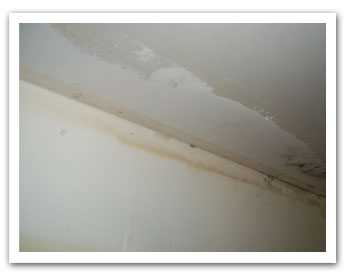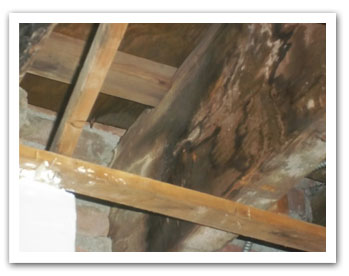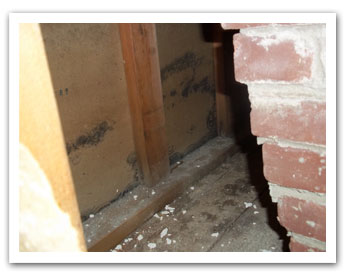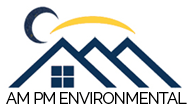What you Need to Know About Mold!

About Mold
Environmental Protection Agency Mold Facts
What you need to know about mold! There are any types of mold/fungi genera and species co-exist with human contact in our natural environment. Many of the medically significant fungi which has been found to cause ill side effects are commonly found where water or high relative humidity grow on organic matter. Some of these molds which are self generated indoors and not in our normal environment contain mycotoxins or toxins where they live in a dead or in dormant state.
Got Mold?
A Brief Guide to Mold, Moisture and Your Home
Mold can be found and will grow in multiple areas of a home or office where moisture resides. Mold is a microscopic organism, found virtually everywhere, indoors and outdoors. Mold can be found on plants, foods, dry leaves and other organic material. Also susceptible to mold growth are cellulose materials, such as cardboard, paper, ceiling tiles and sheet rock. Mold spores are easily detached and made airborne by vacuuming, walking on a carpet, or sitting on a couch. With indoor environments, mold can grow in air conditioning ducts, carpets, pots of houseplants, etc. Common areas for mold are:
- Attic
- Bathrooms
- Living Room
- Carpets
- (HVAC) Ventilation Systems
- Basement
- Bedrooms
- Garage
- Kitchen
- Any Moist Area
The following are sources of indoor moisture that may cause mold problems in your home or office; flooding, leaky roofs, humidifiers, damp basements or crawl spaces, constant plumbing leaks, house plants, steam from cooking, shower/bath steam and leaks, wet clothes, and clothes dryers vented indoors.

The Black Mold (Stachybotrys Chartarum)
RaftersStachybotrys Chartarum is a greenish-black toxic mold that colonizes particularly well in high-cellulose material, such as straw, hay, wet leaves, dry wall, carpet, wallpaper, fiber-board, ceiling tiles, thermal insulation, etc. Stachybotrys, before drying, is wet and slightly slimy to touch. There are about 15 species of Stachybotrys known throughout the world. This toxic mold grows in areas where the relative humidity is above 55%. This type of mold does not grow on plastic, vinyl, concrete products or ceramic tiles. It is not found in the green mold on bread or the black mold on shower tiles.
Stachybotrys produces a mycotoxin that causes human mycotoxicosis. This type of mold is thought to be a possible cause of the “sick building syndrome.” Children’s exposure to Stachybotrys spores are thought most likely to cause allergenic, neurological and pulmonary Histoplasmosis.
We strive to continue being the Indoor Air Quality leader and single source of environmental services, with an unmatched dedication to our client.

Personal Questionnaire and Investigation List
Please check if you have any of the following in your home or office:
- Discoloration or mold on baseboards, wallboards, or wallpaper
- Cracks in shower tile, lack of caulking, a loose toilet seal, leaks under sink
- Carpet and padding in direct contact with concrete slab
- Poorly maintained or dirty air conditioning/heating vents and filters
- Damp basement or crawl space
- Water penetration (water marks on walls, mold spots on walls)
- Musty/moldy odor

